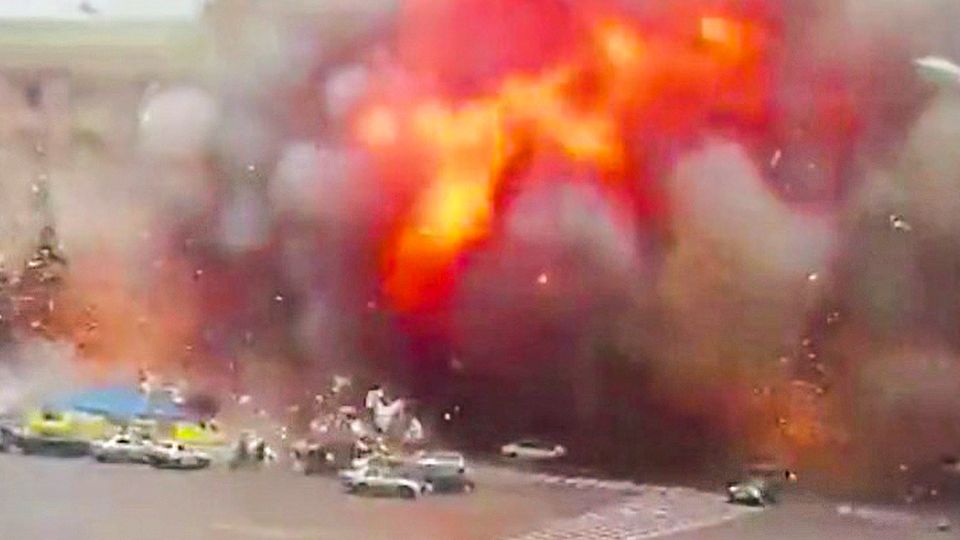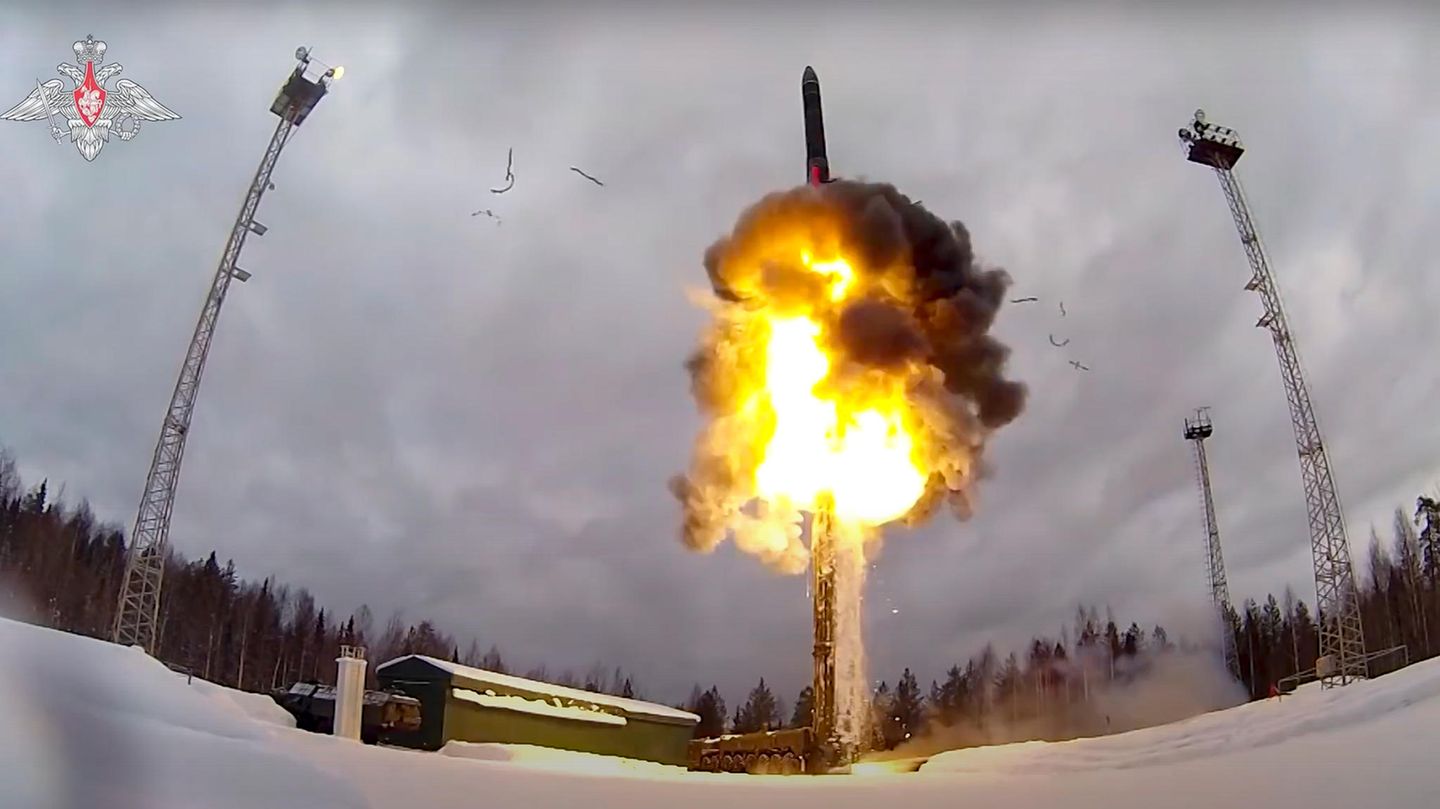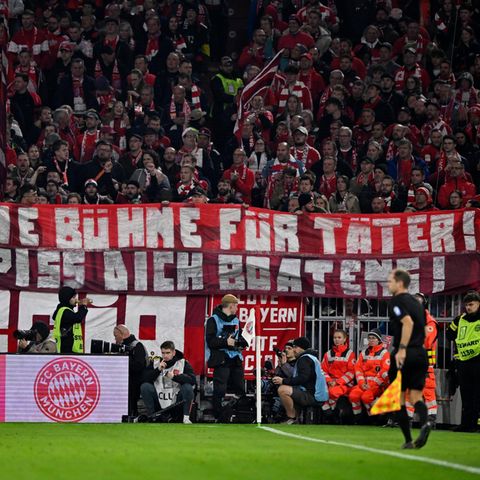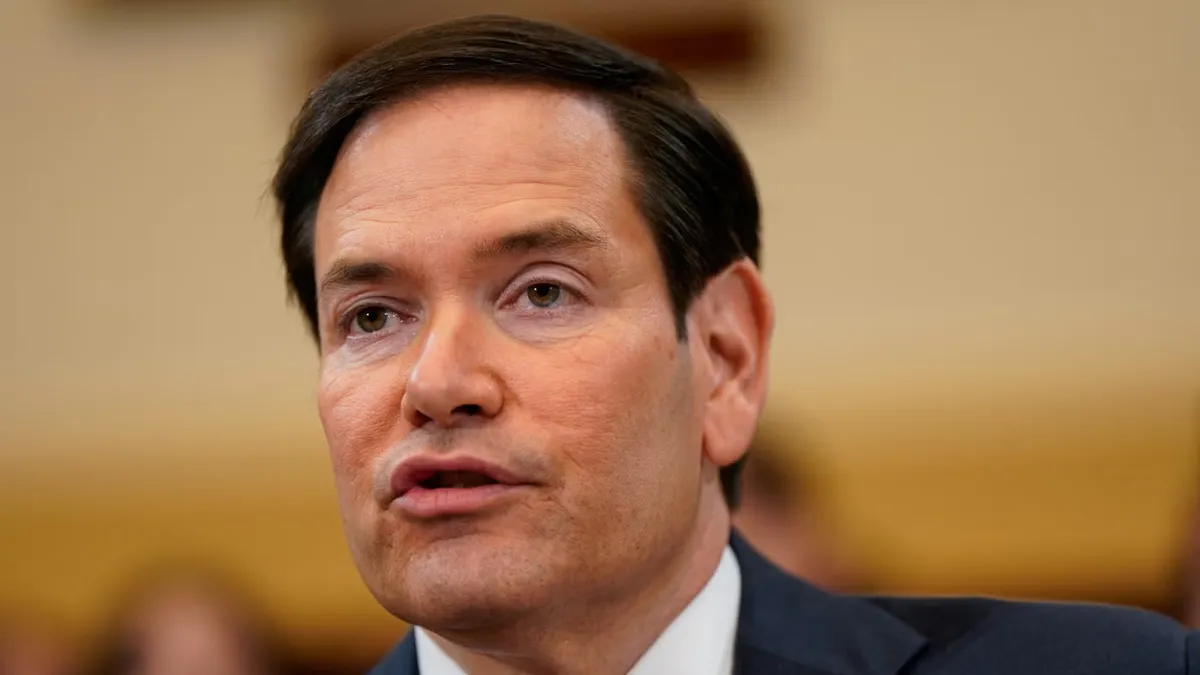Putin has put his nuclear forces on high alert. That sounds threatening and it should. But for security experts, Putin’s order is more of a signal that the Russian president is unsettled.
There is probably no one who didn’t jump at least briefly when he heard the push message on his cell phone on Sunday: “Putin is putting his nuclear forces on alert.” Older people involuntarily had memories of the Cold War, of Pershing 2 and SS 20 and of scenarios in which Germany mostly appeared as a nuclear battlefield.
And now, too, Putin’s threat has led to people in Germany asking about the nearest air raid shelter and pharmacies reporting an increased demand for iodine tablets.
But how justified are these fears? What is alert? And what does Putin actually want to achieve with his threat?
Both Russia and the US have different degrees of intensity of mobilizing their armed forces. Russia has four levels, the US has five, called Defcon (Defense Ready Condition). What Putin actually did with his order to “put the deterrence forces of the Russian army into a special regime of alert”: He raised the level from one to two.
According to Professor Carlo Masala from the University of the Federal Armed Forces in Munich, the meaning of the individual levels is simplified as follows:
- Step 1: the normal state. The weapons are there, but nothing happens.
- Level 2: increased alertness. The units remain permanently in the barracks so that they can react quickly.
- Level 3: military danger. Weapons are armed. The nuclear warheads are mounted on carrier systems (submarines, aircraft, mobile launchers).
- Level 4: war with nuclear weapons.
Major General Boris Solovyov, who used to be with the relevant armed forces himself, explains to the newspaper Komsomolskaya Pravda what the second stage means in concrete terms: “Then the ‘red button’ can be pressed at any moment.”
The red button – that’s three nuclear suitcases in Russia
The ominous red button is a nuclear case in Russia, of which there are said to be three. One is owned by Putin, second Defense Minister Sergei Shoigu, a close confidant of Putin who reportedly vacations and hunts with him privately, and the third is in the custody of the chief of staff. According to one, up until 1991, the procedure was that the president and secretary of defense sent two separate codes to which the chief of staff had to add his code. However, it is unclear whether there have been any changes to this procedure in the meantime.
With the Americans, the escalation levels Defcon look similar. From Defcon 5 (peacetime) to Defcon 1 (maximum readiness), where the US President can order a massive nuclear strike against an opponent. Defcon 1 has never been declared since World War II. During the Cuban Missile Crisis, the strategic armed forces were temporarily transferred to Defcon 2.
Putin’s threat is ‘verbal saber-rattling’
As martial as Putin’s order may sound, military experts consider a Russian nuclear strike to be extremely unlikely. “It’s verbal saber-rattling,” nuclear weapons expert Hans Kristensen told the New York Times. He emphasizes: “We will see where he (Putin) takes it. This war is only four days old and he has already twice threatened to use nuclear weapons.”
Matthew Kroenig, who also researches nuclear weapons, tells the newspaper: “States with nuclear weapons cannot wage nuclear war because they would risk annihilation, but they can and do threaten it.” It’s a kind of game to increase the risk of war, “in the hopes that the other side will back down and say, ‘Oh dear, it’s not worth waging a nuclear war.'”
Carlo Masala from the Bundeswehr University in Munich formulates his conviction as follows: “I don’t think the war will spread. Putin has clearly defined goals. And that’s Ukraine. And the fear that he could attack the Baltic states, I don’t agree, because then he would be at war with NATO. And Putin doesn’t want that because he knows (he also said so) that neither Russia nor NATO can win such a war.”

Former German Brigadier General and Merkel advisor Erich Vlad is certain: “There’s no need to worry too much. If Putin is already resorting to this last resort, argumentatively, and bringing it up, it shows that he’s insecure .”
Putin is worried
The reason for such uncertainty could possibly be that on the one hand Putin expected the Russian troops to advance more quickly and on the other hand he was surprised by the speed and severity of the sanctions imposed by the West. David Khalfa of the Jean Jaures Foundation says Putin is frustrated by Ukrainian resistance, hence the threat of nuclear weapons. Ultimately, by putting his troops – including nuclear ones – on alert, he aims to undermine the solidarity and unity of the West and thus manipulate public opinion, according to Khalfa. In short: Putin wants us to be afraid and look for iodine tablets and air raid shelters.
Nevertheless, the assessments of the security experts are unanimously based on the premise that Putin is ultimately still a rational player who coolly weighs the risk of a nuclear escalation. However, no one can say with certainty whether this is actually the case.
Swell: DPA, “, “”,
Source: Stern
David William is a talented author who has made a name for himself in the world of writing. He is a professional author who writes on a wide range of topics, from general interest to opinion news. David is currently working as a writer at 24 hours worlds where he brings his unique perspective and in-depth research to his articles, making them both informative and engaging.




